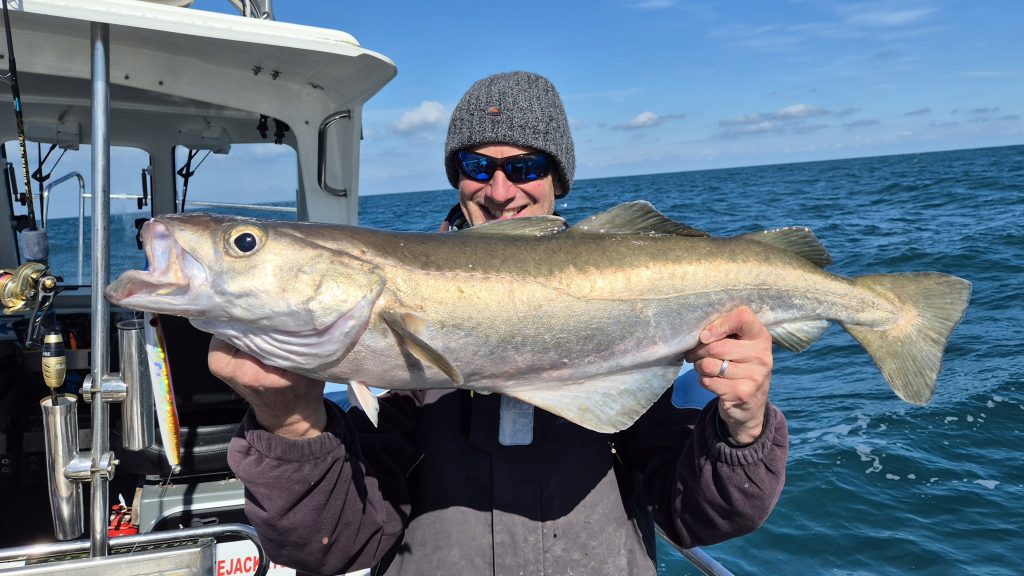Matt’s Deep Dive into Slow and Mixed Pitch Jigging (15 minute read).
Overview
Productive Slow Pitch Jigging is effectively a system made up of many parts. It’s a game of fine tuning and adapting, getting them all to work together to create the best possible action from your jig and then making sure you’re doing it whilst that jig is in view of any fish! I believe the jig is the first part of that system. The right jig for the job varies through the day as the depths, weather conditions and tides change. The shape and weight of the jig need to be suitable to work properly in the conditions that you find right there in front of you, the rest of your gear (particularly the rod) should then fit to get the best out of that jig or small range of jigs. The bottom line is fairly obvious, when you can spend more time with your gear working well together and in the right places, you’ll catch a lot more fish!
So, unlike a lure that swims in a steady and straightish line, your jig’s movement can be much more erratic and can attract fish that are less focused on feeding as well as the harder feeding fish. Jigs will mostly get hit by fish when on the drop and whilst stationary, basically before or after a lifting pitch with the rod or during or after a longer fall.
Keeping the line vertical, or close to vertical, is really key with SPJ (I’ll keep mentioning that here!!) as this allows best action during it’s fall. You should be aware that there are two factors in pitching a jig up with your rod. Firstly, it’s creating a movement of the jig in an upward direction (which can attract fish) but it’s also the way we set the jig ready to fall again correctly, which is when most ‘hits’ then occur.
The style of MIXED PITCH JIGGING has been highly successful for me here in the U.K. It’s something I learnt whilst travelling and fishing around the Philippines in much deeper water, it mixes the slower shorter pitches of Slow Pitch Jigging with the addition of long lifts and falls and the faster pumping up of the jigs up through the water column in a similar way to Speed Jigging. Not only is this a way to search more of the water column but this mixing up of pitches is proven time and time again to encourage hits, especially when fish are less active. It’s just deadly and you’ll often see me using it in my videos over at the JOKER Jigs and Lure Youtube channel HERE
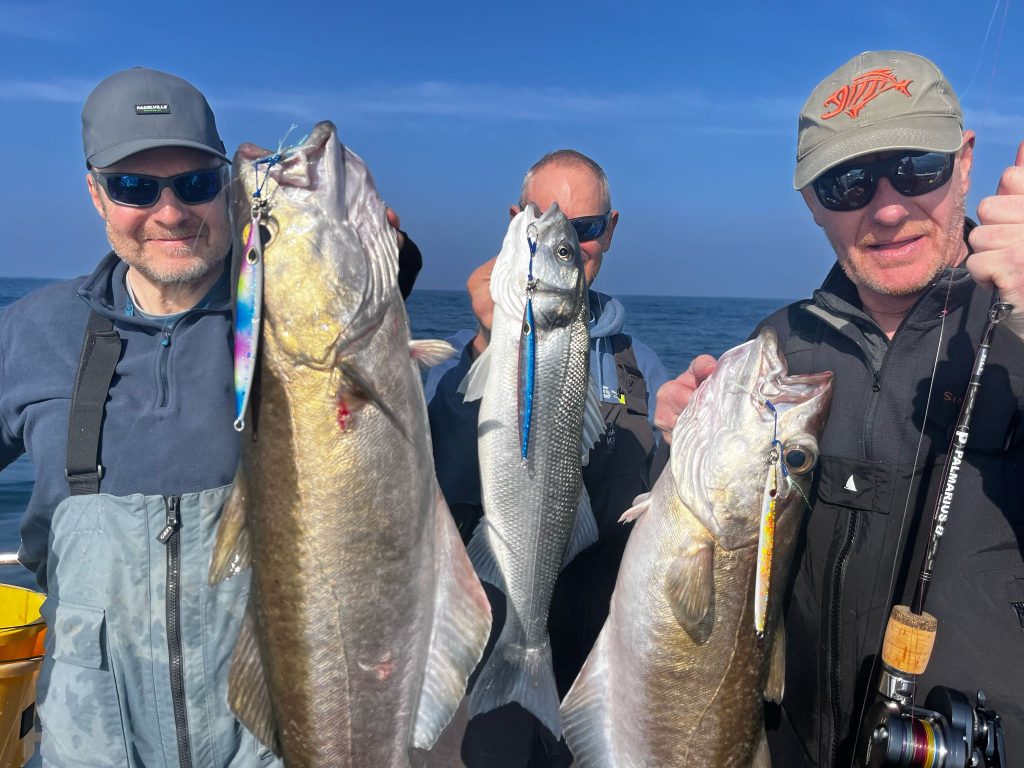
The huge importance of BRAID and how it can effect your Slow Pitch Jigging in so many ways.
When fishing at almost any depth, the water rubs against the surface of the braid along it’s length, from the sea surface all the way down to the short leader connected to your jig. This contact with the water, along with the pressure of the tidal stream, causes an unwanted drag that can slow the fall of the jig. It gets noticably worse the deeper you go. That line drag can also effect and even stop the jigs fluttering as it falls, because the line holds and pulls the top of the jig, tipping it into a free fall. The sideways drag from the tide can also push the jig away from the boat, taking your line away from vertical, again messing with the jigs free falling fishing action.
For good SPJ the jig needs to fall freely and ideally it should be unrestricted in this. Part of acheiving this is by keeping the line from your rod tip down to the jig as close to vertical as possible.
When we’re pitching the rod up we want the jig to respond and flick upwards through the water, when it slows at the top of that pitch it wants to achieve that ‘unweighted’ position, usually lying on it’s side, this hanging and relaxed position can then provide the best fishing action on the free fall back down. If the drag loading is high on the braid it can slow the jig and tilt it away from the ‘floating’ position, which will then ruin it’s unrestricted free fall. Remember to do your part by lowering your rod slightly faster than the jig is falling. While the jig is falling you must avoid the line going tight to the rods tip, this will stop the jigs fluttering free fall and tip it into a dive, which you really want to avoid, unless of course you’re dropping in from the surface.
So, a dedicated Slow Pitch Jigging braid really helps improve this situation as it’s smooth and super fine, it’ll cut through the water more effectively, it’ll have less drag along its length, stay vertical longer and then the jig can fall more freely. Take note that you should also avoid using heavier braids with lighter jigs as this only magnifies the problem!
Jigging braids are also colour coded for depth marking. This allows you to fully understand the location of your jig in the water column, where you’re getting or not getting any hits and helps you to avoid snagging on structure. It’s really valuable to fish within view of the plotter and sonar, this is so you can relate that info back to your braid markings, jig depth and position, continually noting where takes or snags may occur! Then on you’re next drift you can know where to concentrate, avoid or search further into.
Once you’ve got a handle on reading the braid and depths like this, when you drop in all the way from the surface, I recommend stopping 10m off the botttom and give a fast 3 or 4 turns on the reel handle to pull any arcing out of the braid and then have a few rod pitches. After that drop further and repeat it again at 5m off the bottom, then drop the rest of the way (unless on a snaggy wreck then stop slightly above it) and commence fishing proper. You’ll find you often get a take whilst you pause and tighten up so it’s often worth a few cheeky pitches here and there on the way down, searching for fish higher up.
Your braid is also a bite indicator! Whilst jigging, after pitching the rod up, as the jig ‘hangs’ and then starts to fall again, watch your braid on the water’s surface just below your rod tip. Learn how long it takes for the jig to fall and pull your line tight again. When you see a change, usually a slack line just lying on the surface its often a take, so wind into it hard to set the hooks!
Always lower the rod slightly faster than the jig takes the line back, but be aware, avoid allowing the light braid to blow back on to the top of your rod! Tip wraps are unwanted and can be costly! Using a spiral wrapped rod can help eliminate snagging the braid on a rod eye, but it’s still best to move your rod slightly to the side of the braid as it falls back onto the water. When you get more used to jigging you can time the rod lowering just a tiny fraction faster than the falling jig, you’ll stay closer to connection and have less chance of rod tangles with loads of braid hanging in the air.
It’s worth noting that all your depth readings are more accurate when your line is vertical, if you’ve streamed away say 15m to the starboard side and your line is on an angle, it’s much harder to monitor the depth correctly, not only that, the sonar image is showing the area under the boat not where your jig is! It’s also harder to hook into fish and easier to get stuck in the wreck!
So not touching your jig on the wreck all day long is unavoidable, but if you can learn to gauge where you are and stop it a metre or two high you’ll spend less time losing jigs and resetting your gear. When your getting more confident and avoiding these contacts with the structure you can then also reduce the length of your leader to about 4 or 5 foot, but remember, wrecks and super fine braids just dont mix well!
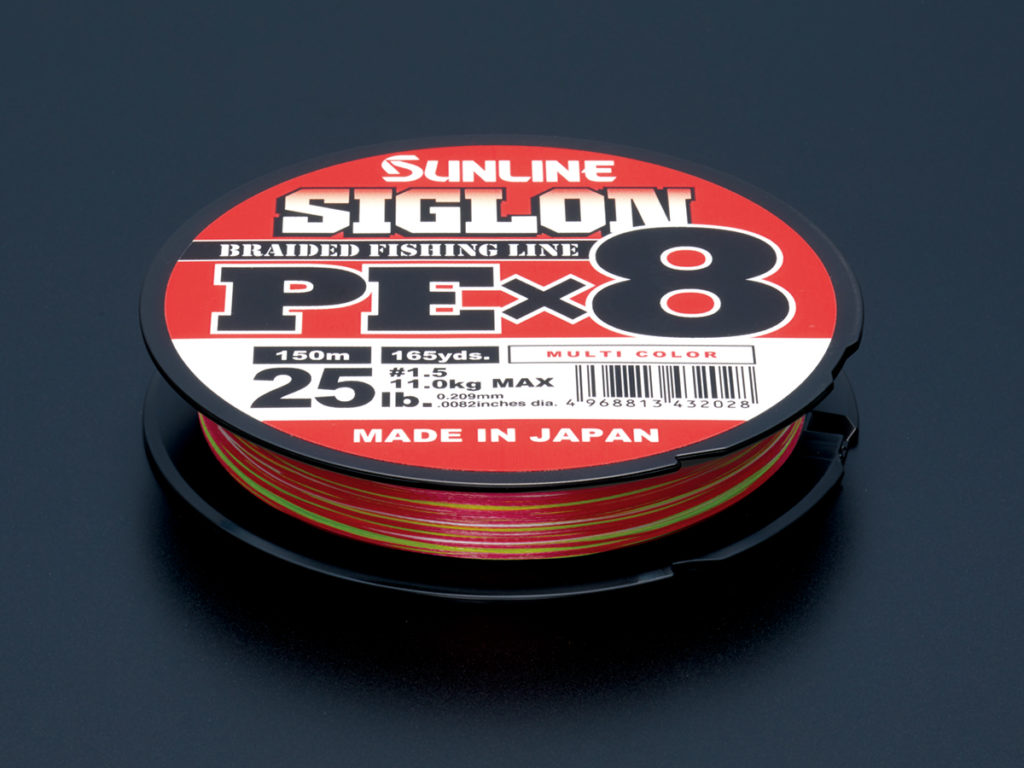
The dedicated Slow Pitch Jigging rod.
There are many variations but it’s basically a lightweight rod around 6 foot long that’s main object in life is to provide the correct pitch and flick of the jig. The rod is not used for pumping big fish up from the depths or for breaking out of snags, they’re generally very fragile and need to be treated with respect.
When your rod creates the correct action onto the jig it helps set it up for the most effective free fall. Your choice of rod rating or power, will be made on the weight of the jigs required to get down and fish correctly (those jigs to suit the depth and type of water conditions). The conditions on the day are usually constantly changing so don’t expect one jig weight or style to be good all day long, you’ll always be working within a range of jigs. Rods should work well within the middle of their range (their ratings arent always that accurate but it’s a starting point to work from). As I tend to fish over 100 days a year I have the common need for a second and third setup to have everything at it’s best and cover all senarios and seasons!
The various rod powers or ratings and the way each of them imparts it’s power and in turn ‘action’, to your various jigs is important to understand. Look at the weight and shape of the jig and the rating on the rod and test your jigs to see how the rod works with them close to the boat (at about 3 to 4m below the surface). Just about every rod and jig has a different action and jigs need to be worked accordingly. Remember, this action beside the boat will always be reduced at greater depth, it will become slightly slower and less aggresive, again this is due to the braid drag and any arcing with the tide etc. The addition of these slight loads obviously increase with more depth and current, they reduce some of the rods power, in-effect making it slower and a bit harder to work.
In the UK we are looking at using jigs from about 40g to 120g inshore (upto 40 – 50m) and then from 100g to 250g offshore (50 – 100m). Conditions and tide will determine what you go for on the day but your choice of set up and rod need to start in the middle of these ranges. If you use a lighter rod with heavier jigs, actions will be slowed, some jigs can prefer this. If you use a heavier more powerful rod the actions will be faster but you will also get better useage when conditions are more challenging. Its always good to have options, but I’d recommended to start in the middle or slightly higher than the middle of the ranges above. Don’t be surprised after a while of starting SPJ, that you’ll soon be looking for a second set up to cover more options comfortably! I usually have a few at hand!
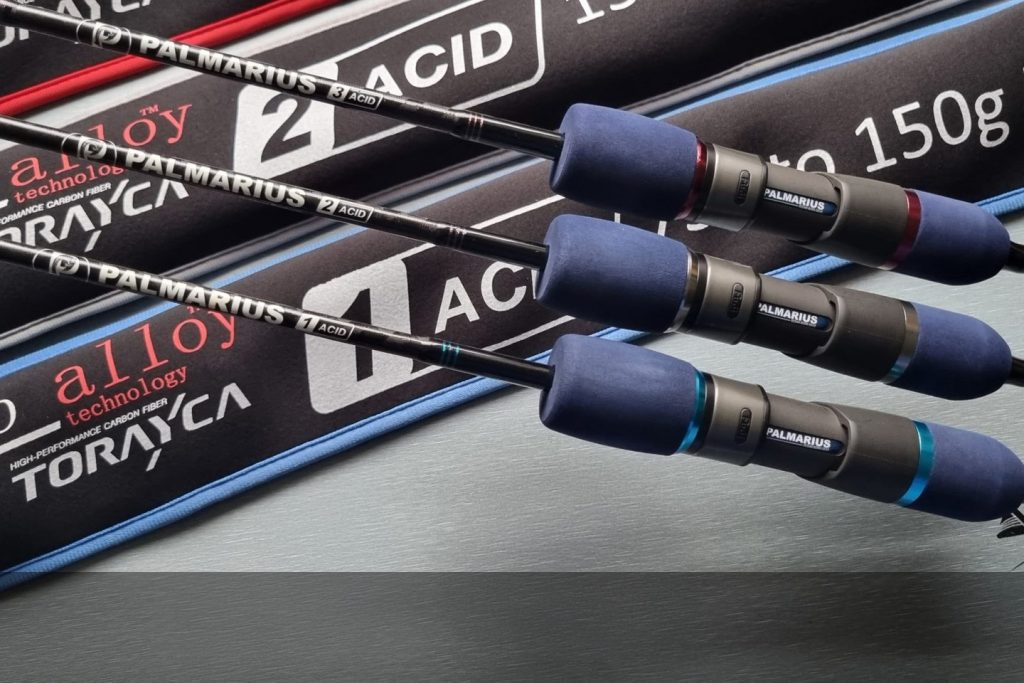
The SPJ reel.
The reel is the tiny power house used to hold and retrieve line whilst jigging and for bringing your fish up to the boat, but there is also a bit more to it. A good quality small, well balanced, over head reel is best and ideally with a good rate of retrieve. A strong and smooth drag is certainly important but it really needs a nice powerful retrieve. This is important because the rod is just too light and cannot be used to pump and lift the fish up, remember to just keep the rod low and use the reel smoothly like a winch. Having a 100% full spool also helps increase the retrieve rate and allows for better working of the jig up through the water column and make it easier to get into a smooth rhythm. When fully loaded just 1 turn can grab close to 1m of line.
Whilst jigging, remember to fish with one hand cupping the rod and reel and one hand ALWAYS on the reel handle. Although we do strike, it’s not enough on it’s own as the rod is so soft and short, it’s the winding super fast into a fish that tightens everything up and initially helps set the hooks. It’s also worth noting that there’s often very little pressure between the fish and the hooks at the time of the take, this is because the fish is hitting the jig as it falls or ‘hangs’. Yes, it may hook it’s self, but time is of the essence, keep your hand on the handle, get winding and lift your rod firmly and make sure!
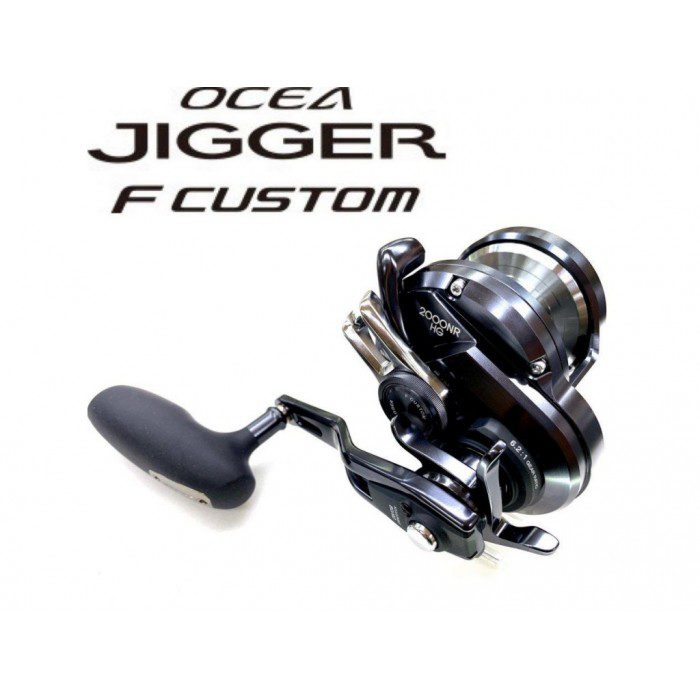
Jigs.
Jig selection is not just about finding what could be visually pleasing in the tackle box. Various weight and shape jigs fish and move differently through the water. Some create better actions but can also be prone to streaming away more, especially when tide or wind come into play.
Don’t waste your hard earnt money on a great rod and reel just to use unsuitable braid and jig that streams off into the distance. Maybe that particular style jig is ok on a calm day at slack water, but theres often some wind to move the boat away from that perfect drift! Also remember that there’s some epic fishing to be had when the tide is strong and fish are holding tight to the bottom, it’s a total myth that jigging is for neaps and slack water!
My slimmer jigs that look more like traditional ‘speed’ jigs fish really well ‘slowly’ and with the ‘long fall’ technique as well as faster! The highly versatile JOKER Slammer and Cobra slow pitch jigs are still slightly unsymmetrical but punch and dart well, they also have a benefit as they can often can get down through the water column quicker, catch less drag not only with the tidal stream but whilst actually jigging, it’s some of these key factors that are all helpful in staying vertical for longer.
At JOKER you’ll find some top quality jigs and lures (and much more) that are not just suitable for our waters but worldwide. All the JOKER products are carefully selected, highly effective, practical and fully tested and proven, not just onboard my own charter boat Silver Halo, but much further afield.
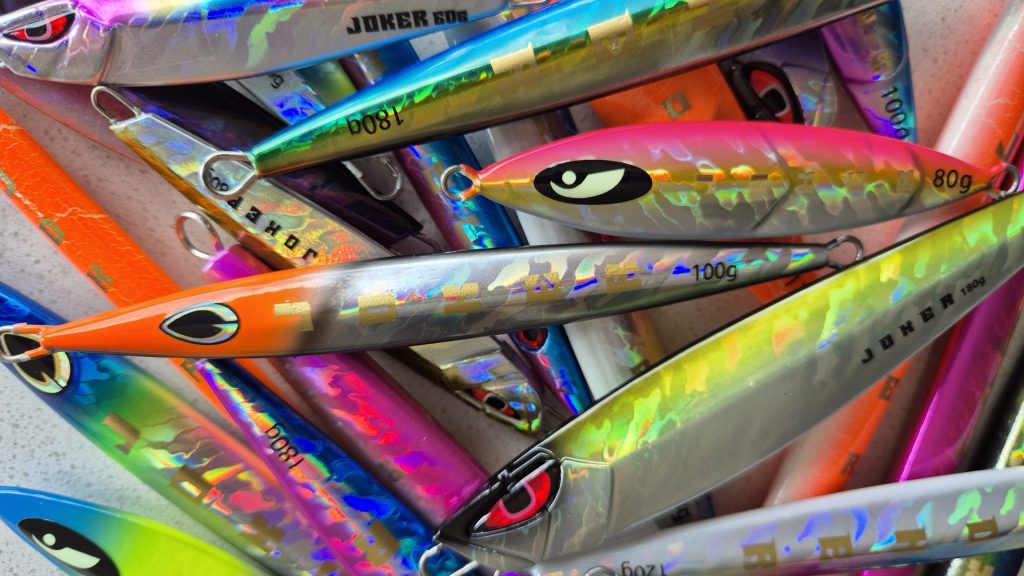
Timing.
The timing of your ‘pitching’, ‘falling’ and ‘drop in’ are also important. We need to know where the fish are and the more time with your jig spent in the ‘strike zone’ with your line vertical means more fish to the boat. The sonar screen and knowledgeable skipper can be helping with this.
When we locate where those hot spots of fish are, my drifts will obviously concetrate more to that area and will be timed to allow for those jigs to drop in just ahead of them.
If you’re fishing in challenging conditions when the boat is being held or pushed by the wind and the tide is going away from you, consider using a more powerful, longer rod. Possibly use a heavier, slimmer, smoother profiled jig. However, sometimes it can be impossible to stay vertical for long so ideally the skipper needs to time the drift a bit tighter to the structure, allow for the angle of your line and position the boat accordingly. This scenario with boat position and larger angles is often more common with lure fishing as it’s being used on the more extreme days when the lines are streaming further and being vertical is not as important.
Another top tip is to rotate with other Slow Pitch Jigging anglers across the stern, this is ideal on my small group charters onboard Silver Halo. Simply take it in turns to throw the jig up-tide (normally the way I set up a drift it will be to the port side) so it then falls back toward the boat, you will gain precious vertical time as you fish the jig past the stern and off to the starboard side, moving across the deck as you do it. Once again, the ideal scenario is to make sure this vertical window of fishing time is timed with the ‘strike zone’, you want your jig to arrive in the fish holding area in its best shape and most vertical! Once it looks like it’s streamed away, say about 10m away from vertical, get it back up, reposition and throw it uptide and repeat. When fishing in just 35m to 70m this doesnt take too long to acheive, however, when fishing in over 250m it’s a bit of a nightmare, but each day is different and it’s all part of the fun (or frustration).
Together, having a focused skipper, using team work, quality tackle and set up and understanding Slow Pitch Jigging are real game changers. When it all comes together you just can’t beat it!
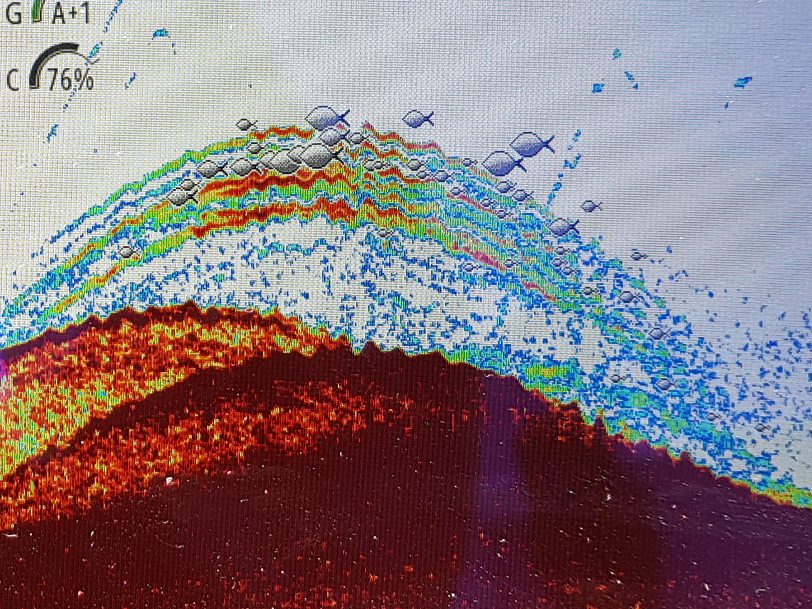
Good Slow Pitch Jigging is the sum of many parts.
Basically, getting as many parts of your set up right is key. There’s a fine line between getting it bang on or fishing something that is not quite right and you’re just snagging and losing jigs with no rewards, we’ve all been there!
When conditions become too challenging and lines just stream away too quickly, just remember to try and drop in at the very last minute so you literally land your jig right on the fish, its deadly. If that’s not possible and the skippers not getting the boat close enough, revert back to traditional lure fishing techniques, OK, it’s not so focused or fun but it’s still very popular and effective
Other Notes
I’ve put together dozens of slow pitch jigging videos on the technique and the use of all the JOKER tackle over at YouTube on this LINK.
JOKER also has a great Facebook page and group, please take a look and give a ‘like’ HERE
Over time I’ve appeared in both Sea Angler and Saltwater Boat Angler magazines with articles covering my charters and use of SPJ in UK waters. Please ask the publishers for the relevant back issues.
If your a novice, new to Slow Pitch Jigging or even an experienced sea angler, don’t worry, I’m happy to provide tuition, tackle, advice and tips on my charters. Alternativley if you can’t get booked in soon enough and you’d like to know more please use the contact form and if you’re keen to grab a date then please use the booking form over at Silver Halo Charters to get booked in, please mention that your interested in Slow Pitch Jigging.
Thanks Matt Forrester, owner of JOKER Jigs and Lures / Silver Halo Charters. 07970 176604.
